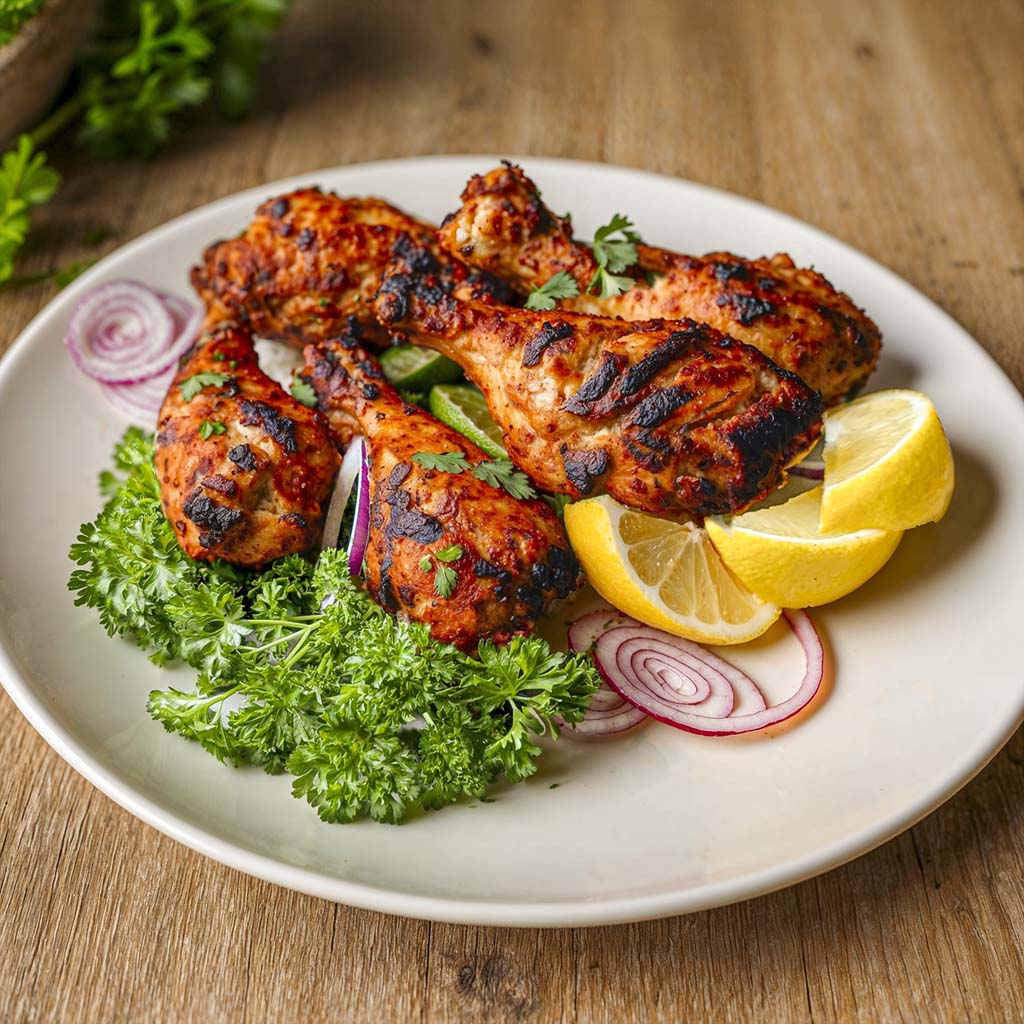Bright red, smoky, and aromatic, tandoori chicken isn't just a treat for your taste buds but also a fascinating journey through culinary history. While today we associate it mainly with India, the truth about its origins is more complex. The tandoor, a clay oven used to traditionally prepare this dish, was born in Central Asia. In regions of modern-day Armenia, Azerbaijan, and Georgia, cooking in clay vessels was common long before the technique reached India. The word "tandoor" comes from "tinūru" (tin - mud, nuro - fire). Interestingly, Armenia can claim credit for inventing the underground tandoor - the first construction of this type!
The Mughals, as part of Central Asia, brought the tandoor tradition to India. Emperor Jahangir, known for his appreciation of dishes from this oven, became famous for inventing the first portable tandoor. This happened during his frequent travels from Delhi to Kashmir when he wanted to enjoy his favorite dishes on the road. Over time, portable tandoors became so popular that armies took them to battlefields to provide soldiers with fresh bread.
Interestingly, tandoori chicken isn't as old a dish as one might think. The real boom for this dish came during the British presence in India, when the practice of eating poultry was introduced by the colonizers. After the partition of India in 1947, many chefs moved to Great Britain, where tandoori chicken quickly gained cult status, conquering European palates and beginning its worldwide career.

